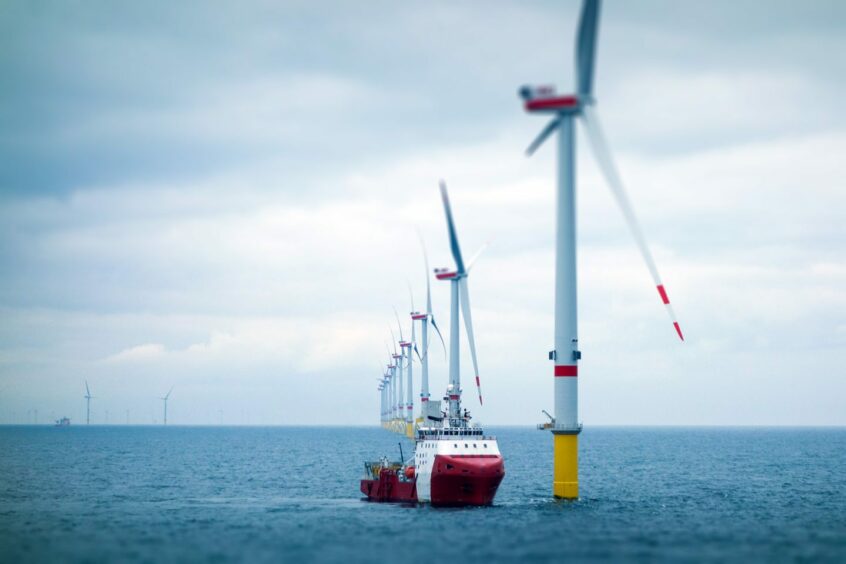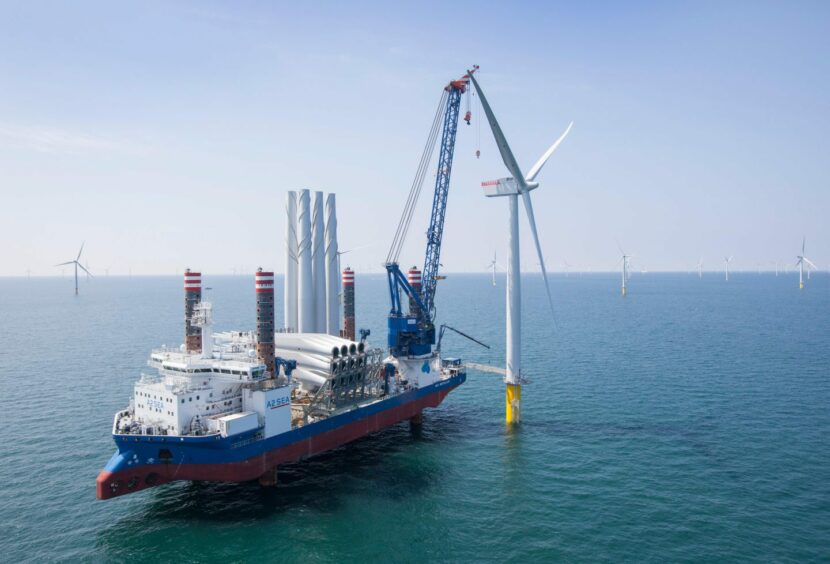
As we strive to move from reliance on fossil fuels to renewable energy, one area of crucial importance is offshore wind power. The development of offshore wind farms however comes with inherent safety risks and those risks need to be carefully managed.
In relation to planning, there needs to be three main things – detailed procedures for the construction, detailed procedures for the role of the ships involved and, crucially, a bridging document between the two. Critical areas where risks need to be assessed and controlled are in lifting operations, load sharing and the transfer of personnel and equipment between the ships and the structure.
During the construction phase there may be personnel carrying out simultaneous but mutually incompatible tasks. There may also be a need for load sharing between ships or between a ship and the structure.
Extremely important aspects requiring ongoing risk assessment are the forecasts for wind, waves, tide and current. There often will be weather-sensitive tasks and the need to get the work done while conditions permit.
That can create real or perceived pressures which if not carefully managed can cause added risks of unsafe decisions being made. There are also risks to the ships themselves – especially if they are involved in heavy lifting or load sharing.
Down the line, the offshore wind structure will need to be decommissioned. By the point of dismantling the integrity of lifting points may have deteriorated.

In addition, there may have developed flooded compartments in which the weight of the water is unknown and this may create stability issues. During decommissioning the work may be at least as potentially dangerous as during the original construction and all the risks must be continually assessed.
Offshore wind structures are playing, and will continue to play, a crucial role as the need for renewable energy gathers pace. They are however potentially extremely dangerous places and it is crucial at all stages that risks are assessed to try to eliminate them completely or, if elimination is not feasible, to reduce the risks to as low a level as reasonably practicable.
Recommended for you

 © Supplied by Pinsent Masons
© Supplied by Pinsent Masons